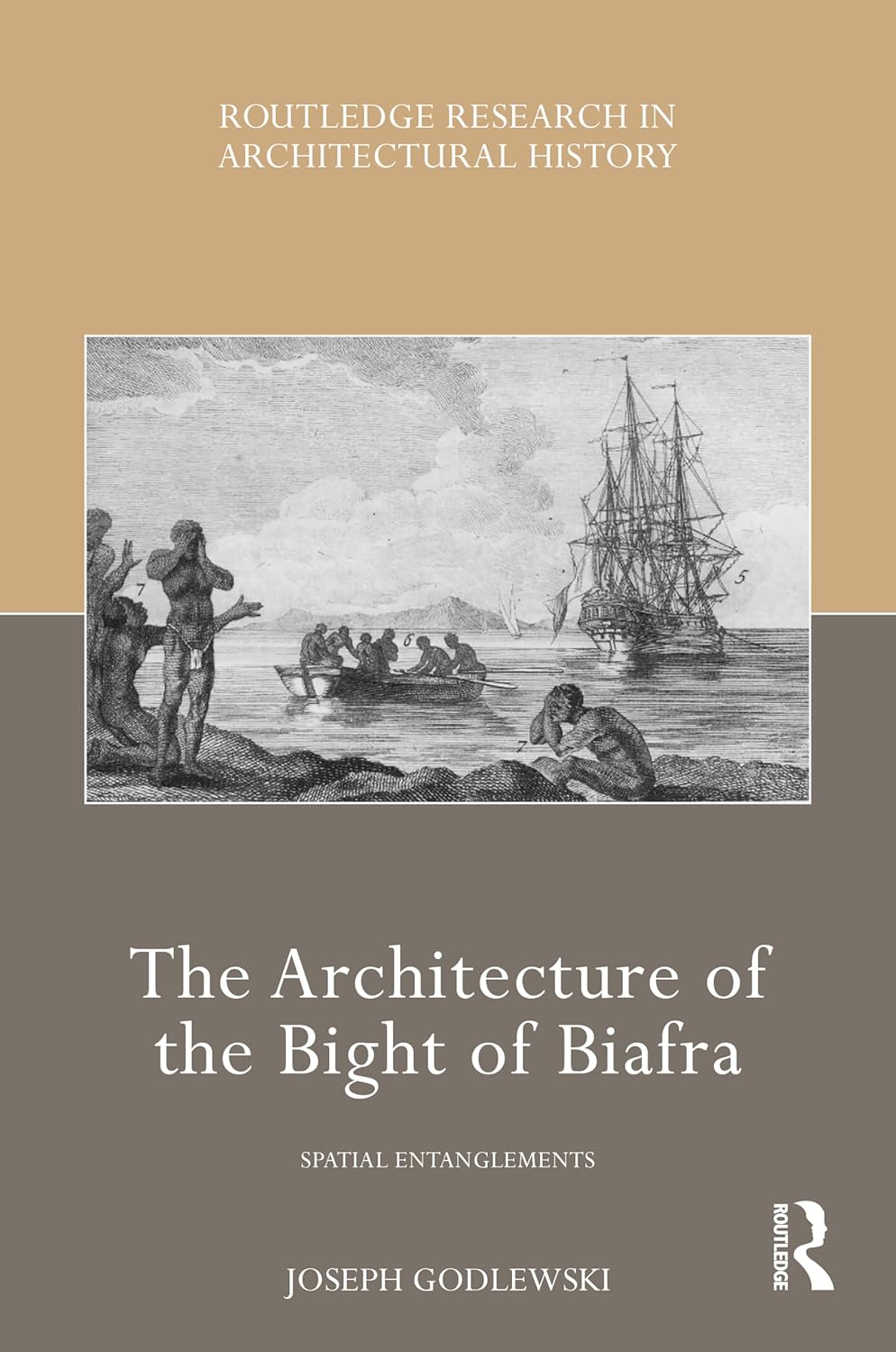A curation of articles, essays, book reviews and interviews on critical geographical concerns.

The Architecture of the Bight of Biafra is a landmark intervention to African architectural history—one that acknowledges this region’s own longstanding modernity, and its ambivalent role in the construction of an international order.

Hudani demonstrates the importance of theorizing repair, enabling us to spatialize a Levinasian ethics of the neighbor, in the aftermath of traumatic events ranging from mass killings to large-scale dispossession.

The Right to Be Counted offers a compelling analysis of citizenship struggles of the urban poor in contemporary times.

E Cram's Violent Inheritance mobilizes a network of energy grammars and analytics to argue for another story of sexual modernity, one that accounts for the body as ecological and administered by, and producing in turn, racial and sexualized value in the North American West.

Urban mobility is a gendered terrain in South Asia. In City of Men, we learn about the layered experiences of men navigating precarious labor conditions, the emotional toll of migration, and the paradoxes of masculine honor entwined with economic survival.

In Cartographic Memory, Juan Herrera carefully and elegantly examines Chicano movement activism and its legacies in Oakland, California’s Fruitvale neighborhood, and argues for measuring social movements’ impact in a manner that foregrounds the production the brick-and-mortar achievements of community organizations, as well as the networks of support, solidarity and care that those sites and landscapes continue to facilitate.

In Animal Traffic, Rosemary-Claire Collard combines Marxist theory with animal studies to offer a powerful analysis of how capitalism structures human-animal relations, and what the “oddity” (2020: 8) of the exotic pet case can teach us about our more common relations with animals.

Citizen Designs is a careful depiction of what democracy feels like, with all its discomforts, disagreements, and unresolved tensions. Elinoff manages to present a picture of the struggle for equal citizenship that is at once optimistic and unromantic. In this, the book makes a timely and important contribution to understandings of the relationship between politics and design
Though not an exhaustive list, these are many of the main areas we cover.